Pittas are a group of small songbirds that live in Africa, Asia, Australia, and the surrounding islands. Pittas have moderately long legs, short, slightly curved beaks, and small bodies.
There are over 40 different species of pittas, and while the all look similar, each has its own colors and differences. Many Species of pitta are quite colorful, with green, orange, blue, or red feathers. Read on to learn about the pitta.
Description of the Pitta
The various species of pittas are similar in size. Most birds are around 9 or 10 inches long, and weigh less than half a pound. Their legs are relatively long, especially considering their size.
While they are far from giving the flamingo a run for its money, their legs are about twice as long as the average songbird. Their feathers vary in color, from brown and black to bright green, blue, red, or yellow.
Interesting Facts About the Pitta
With so many different species to choose from, there are a wide variety of interesting traits and adaptations to choose from. Learn more about these some different pitta species below.
- African Pitta – The African pitta is a colorful bird, primarily yellow and red. When courting their mates, African pittas establish territories. They choose their territories based on access to food and courting areas. African pittas use dead logs to bounce and dance when attracting a mate.
- Indian Pitta – Indian pittas pride themselves on their nest building abilities. They construct globe-shaped nests, with and opening on the side. The pittas use dry grass to weave the nest, interspersed with dried leaves.
- Fairy Pitta – Fairy pittas have brightly colored feathers. The feathers across their back are particularly striking, and they have seven different colored stripes. Sadly, deforestation, hunting, and the exotic pet trade are impacting this species. The IUCN lists them as Vulnerable.
- Mangrove Pitta – Many species of pitta are quite shy and difficult to study in the wild. They live in dense forests, and the birds hide in the bushes and on the ground. Mangrove pittas are an exception to this rule. They prefer sitting at the tops of mangrove trees, making them easier to spot.
Habitat of the Pitta
Different species of pittas have different preferred habitats. There are a huge variety of ecosystems and habitats that contain these birds across their range.
Some of the different habitats pittas live in include tropical rainforest, mangrove, agricultural areas, scrub forests, swamps, bamboo forests, and more. The vast majority of species prefer thick forests, with lots of shrubs and underbrush to hide in and search for food.
Distribution of the Pitta
These birds live across many different regions, particularly in Southeast Asia. They also inhabit Africa, Australia, and many different western Pacific Islands. The population levels of these birds depend on the species and the region. Some species of pitta are extremely rare, while others and common and widespread.
Diet of the Pitta
Though their specific diets vary, pittas generally eat the same types of food. They feed mostly on invertebrates, like earthworms, ants, grubs, beetles, termites, spiders, and more.
Large species also feed on small vertebrates, like lizards, frogs, and even small snakes. Most species feed on the ground, usually by picking through the leaf litter on the forest floor.
Pitta and Human Interaction
Human impact varies from species to species, and is based less on the amount of impact and more on how widespread the species is. Smaller populations that have limited ranges are more damaged by habitat destruction than species that range across entire continents.
Individual species of pittas have different IUCN listings. Some are least concern, some are vulnerable or endangered, and the IUCN has not yet evaluated many species.
Domestication
Humans have not domesticated pittas in any way.
Does the Pitta Make a Good Pet
No, pittas do not make good pets. They are wild birds, and the exotic pet trade negatively impacts many species. Instead, choose similar brightly colored finches and other birds with healthy captive breeding populations.
Pitta Care
These colorful birds are popular in zoos, particularly walk-through aviaries. They move around on the ground quite frequently, and are not aggressive to other species of birds.
However, during the breeding season they are aggressive towards other pittas. The exact care depends on the species, but many eat a pelleted insectivorous bird diet, crickets, mealworms, and fruits or berries.
Behavior of the Pitta
Pittas are active during the day, when it is easiest for them to search for food. Despite this, it is incredibly difficult to study them, because they are shy and like to hide in dense forests.
Most species are solitary, and only interact with one another while reproducing. Many species migrate, and during this time they congregate in small groups, likely simply because they are heading in the same direction.
Reproduction of the Pitta
Breeding habits and courtship rituals vary by species. Many species of pittas have elaborate mating displays, with different feather arrangements and dances. Most species are monogamous, and keep mating with the same partner for life.
The number of eggs produced varies by species, and often by how much food there is to eat. For most species, the average number of eggs ranges between three and five. Incubation is usually a little over two weeks long.


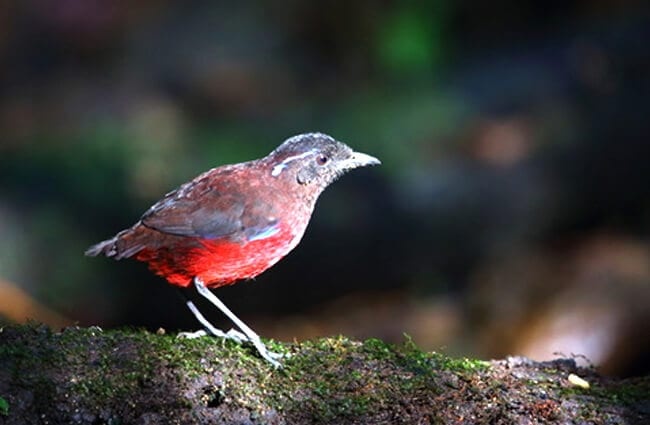
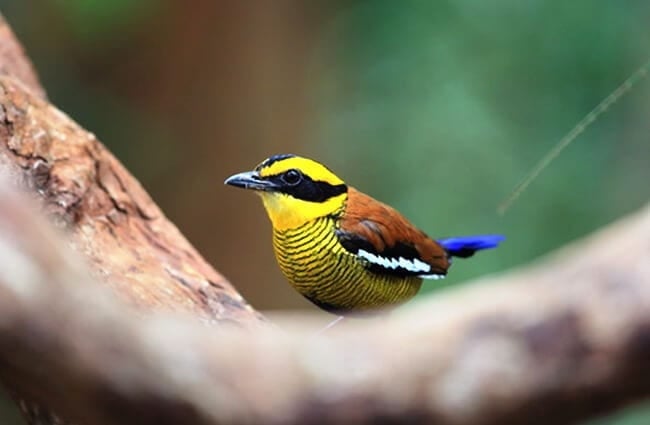



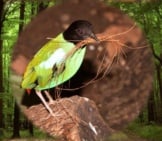



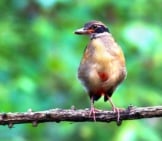
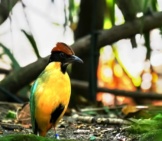
![Red Angus Closeup of a beautiful Red Angus cowPhoto by: U.S. Department of Agriculture [pubic domain]https://creativecommons.org/licenses/by/2.0/](https://animals.net/wp-content/uploads/2020/03/Red-Angus-4-238x178.jpg)


![Red Angus Closeup of a beautiful Red Angus cowPhoto by: U.S. Department of Agriculture [pubic domain]https://creativecommons.org/licenses/by/2.0/](https://animals.net/wp-content/uploads/2020/03/Red-Angus-4-100x75.jpg)

